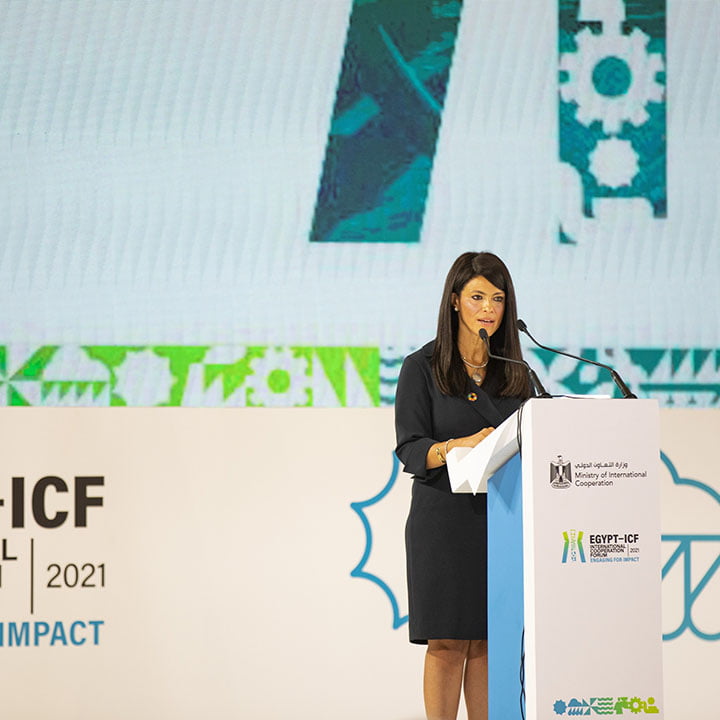Over the past years, the creator or influencer economy has boomed, enabling individual creators, influencers, podcasters, TikTokers, and YouTubers to make six-figure earnings from their businesses.


Over the past years, the creator or influencer economy has boomed, enabling individual creators, influencers, podcasters, TikTokers, and YouTubers to make six-figure earnings from their businesses.

The IPCC just this week said that the world can still avoid the worst of climate collapse with genuine change, but that if we keep emitting at the current rate, the carbon budget for 1.5C will be exhausted by 2030.

UFW Foundation to Distribute One-Time $600 Payment to Farm Workers for Pandemic Relief

‘The NGLCC has long been a global network for the LGBT business community, creating opportunities for hard-to-hear voices. While 360 MAGAZINE, an award-winning international publication, has created a refuge for youth stories and under-represented artists to celebrate their uniqueness while promoting their efforts. It was therefore inevitable that the two entities would join forces to […]

H.E. Abdel Fattah El-Sisi, President of the Arab Republic of Egypt, called upon the international community to unite and spark a “green recovery.” Speaking on the first day of the inaugural Egypt International Cooperation Forum (Egypt – ICF), launched by the Ministry of International Cooperation, taking place in Cairo between 8-9 September, El-Sisi said: “No government […]

The credit card analyst for CardRatings.com, a leading credit card review and comparison site, is releasing predictions for the next six months of the calendar year. Brooklyn Lowery researched how the pandemic affected the credit card industry in general and explains what consumers should expect in the coming months. She finds both positive and negative trends […]

By: Andrew Shibuya It seems as though only months or weeks pass nowadays between environmental global crises. While heat waves, floods, and the like are by no means novel, the twenty-first century has undoubtedly seen an unrelenting torrent of environmental disasters. In the past week alone, a record-breaking heat wave in the Pacific Northwest left nearly […]

Today TIDAL, in partnership with influential politico, lawyer and advocate Angela Rye, is announcing the premiere of Triumph Over Trauma: Black Wall Street Then and Now – a one-hour long special commemorating the centennial of one of the worst attacks of racial violence in American history: the Tulsa Race Massacre. The special will premiere on […]

Finnair brings more choice to customers, introduces Business Light ticket Finnair will introduce a totally new Business Light ticket and renew its other ticket types on 15 June, addressing the increasing trend for personalization of the travel experience. Customers can choose a ticket for their needs from three ticket types – Light, Classic and Flex […]

Toyota Produced Lowest Number Of Vehicles In Almost A Decade – 7.55M Vehicles In FY 2021 Global mobility was essentially halted by COVID-19 in 2020 resulting in a huge financial downturn for even the giants of the car manufacturing industry. According to data presented by Trading Platform, Toyota produced its lowest number of vehicles in […]